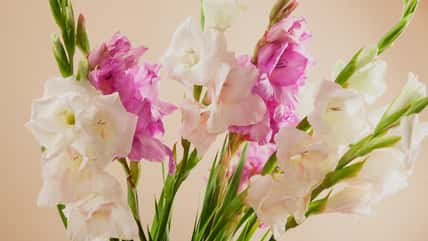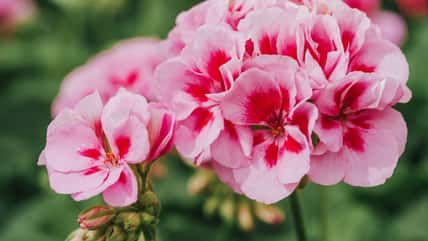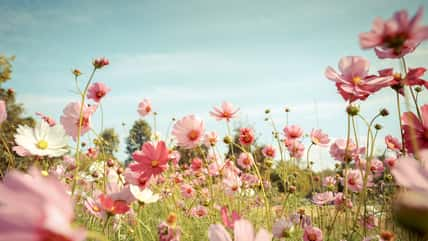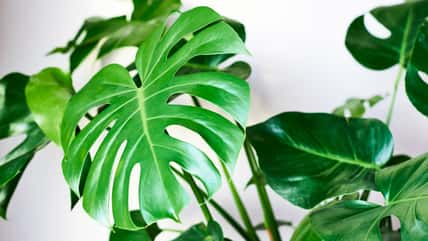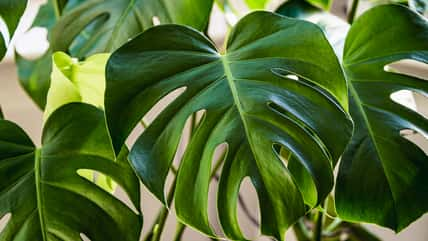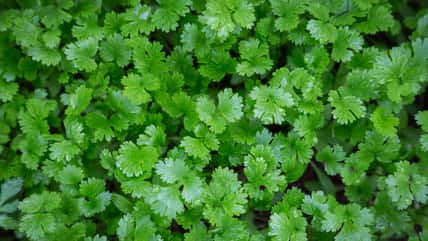Your Guide To Growing Lavender In Your House
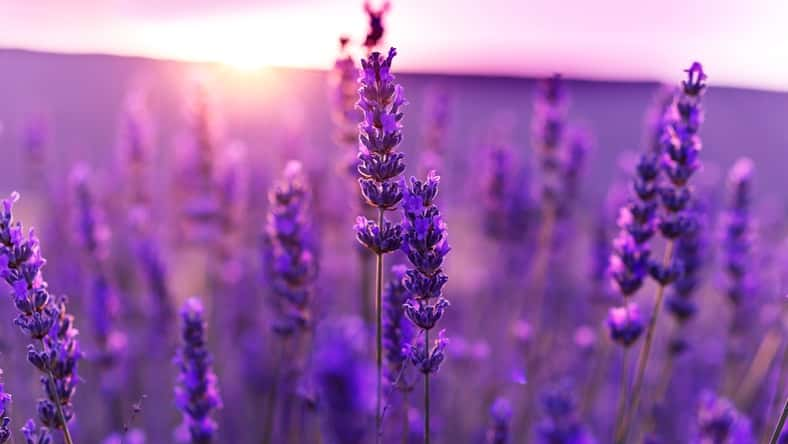
The beautiful purple blooms and calming scent of lavender have made this herb a popular garden perennial. But while many people associate lavender with the outdoors, you might not know that it’s entirely possible to grow it inside your home, too.
In fact, with the right setup and care, you can enjoy its beauty year-round, right from your own windowsill.
Now, without the wide-open sunshine and airflow of an outdoor garden, cultivating this plant indoors will come with a unique set of challenges. For instance, you might need to pay some extra attention to the temperature, light, and humidity levels in your living space.
The good news is that, with the right variety and a few tips, you can help lavender thrive inside your house: here’s how.
Best Lavender Varieties For Indoor Growing
Not all lavender types are suited for indoor cultivation, and some are better equipped to handle container living than others. In general, compact or dwarf varieties are ideal as they remain small, require less pruning, and can comfortably fit on a sunny shelf or small table.
One option is Wee One, a variety that’s aptly named, given it remains quite tiny, reaching only about 10 inches tall. It features short blue flowers and is low-maintenance, making it a solid choice for small spaces.
Thumbelina Leigh and Goodwin Creek Grey are also great options for container growing. The former is an English lavender variety, while the latter is a French lavender.
Finally, Grosso is a French hybrid that’s often used in fragrances and essential oils, making it ideal if you hope to harvest lavender for wellness.

Sign up for Chip Chick’s newsletter and get stories like this delivered to your inbox.
How To Care For Lavender Indoors
Before you set out to grow lavender in your home, remember that this plant thrives in warm environments between 50°F and 70°F. At the same time, it’s picky about airflow and doesn’t respond well to heat or dry air from vents.
That’s why it’s crucial to keep lavender away from heaters, radiators, or air conditioners, which can stress the plant and dry it out too quickly.
Next, when deciding on what soil to buy, keep in mind that lavender roots get easily overwhelmed by excess moisture, meaning good drainage is critical. You should select a fast-draining potting mix and consider adding perlite, sand, or gravel.
When it comes to containers, unglazed clay or terracotta pots work best since these materials help wick away moisture, effectively preventing root rot. Just make sure the pot you pick has drainage holes, and never leave your lavender sitting in water.
As for where to place your plant, lavender loves the sun and needs to be given as much light exposure as possible. You can position it in a bright, south-facing window or use an LED grow light. The goal is to provide it with six to eight hours of direct sunlight daily or supplement it with 12 to 14 hours of artificial light if needed.
Lastly, once you’re ready to nail down a watering routine, don’t overdo it. Lavender prefers to stay on the dry side, so you should always allow the top inch or two of soil to dry out in between waterings. You can check on it every few days, but less is more, and a light drink will go a long way for this plant.
After following all of these steps, you will eventually get to harvest your own lavender! The best time to do this is when the flower buds are just beginning to open. That’s when the oils and fragrances are at their peak.
All you have to do is snip full stems, bundle them together, and hang the bunches upside down in a dark, cool place to dry.
More About:Gardening
